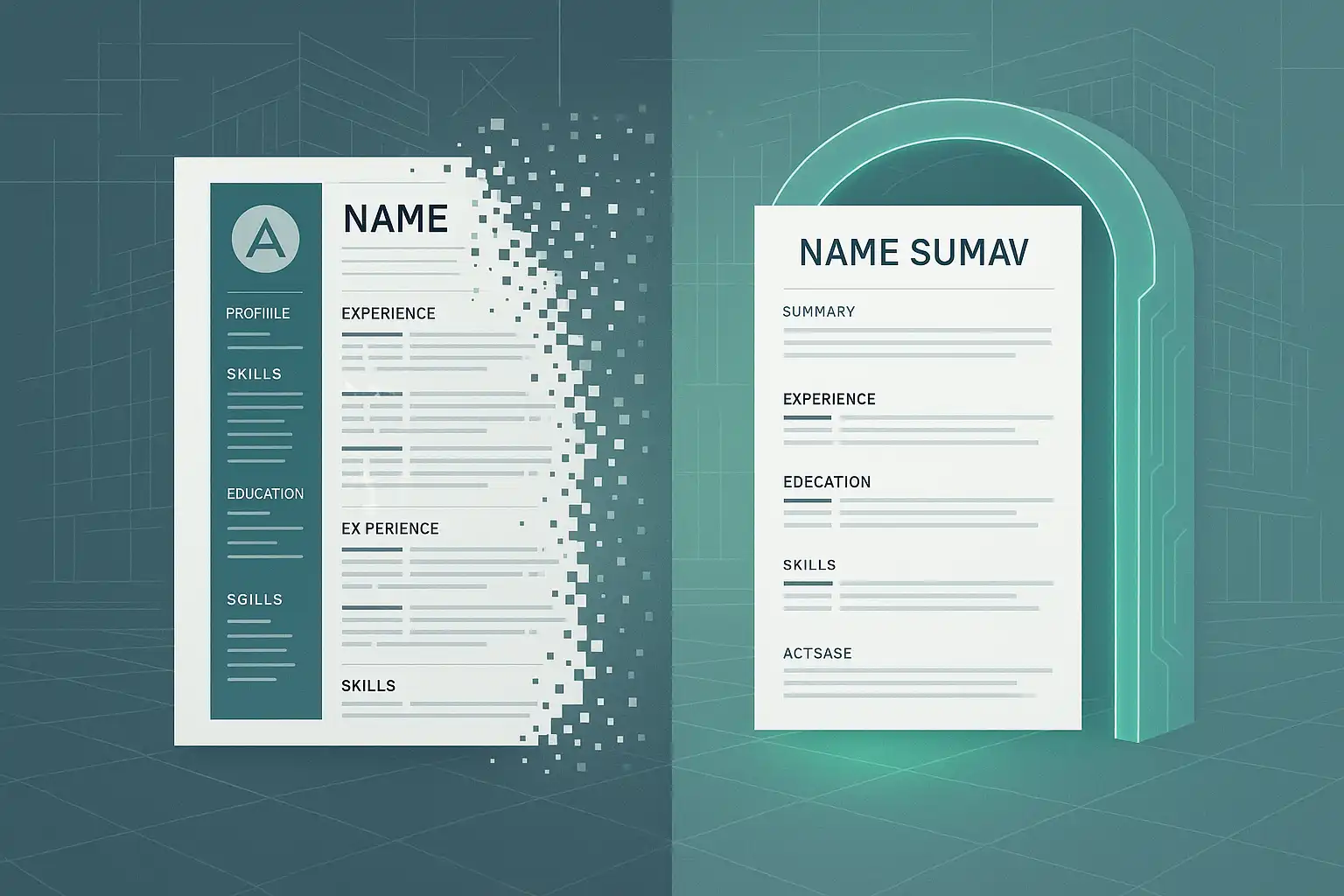- Home
- Articles
- Architectural Portfolio
- Architectral Presentation
- Inspirational Stories
- Architecture News
- Visualization
- BIM Industry
- Facade Design
- Parametric Design
- Career
- Landscape Architecture
- Construction
- Artificial Intelligence
- Sketching
- Design Softwares
- Diagrams
- Writing
- Architectural Tips
- Sustainability
- Courses
- Concept
- Technology
- History & Heritage
- Future of Architecture
- Guides & How-To
- Art & Culture
- Projects
- Interior Design
- Competitions
- Jobs
- Store
- Tools
- More
- Home
- Articles
- Architectural Portfolio
- Architectral Presentation
- Inspirational Stories
- Architecture News
- Visualization
- BIM Industry
- Facade Design
- Parametric Design
- Career
- Landscape Architecture
- Construction
- Artificial Intelligence
- Sketching
- Design Softwares
- Diagrams
- Writing
- Architectural Tips
- Sustainability
- Courses
- Concept
- Technology
- History & Heritage
- Future of Architecture
- Guides & How-To
- Art & Culture
- Projects
- Interior Design
- Competitions
- Jobs
- Store
- Tools
- More
Ultimate Guide to Landing an Architecture Internship for Students: Tips for Success
Discover essential strategies to land your dream architecture internship! Learn how to build a standout portfolio, craft tailored resumes and cover letters, ace interviews, and network like a pro. This comprehensive guide equips students with practical tips to gain hands-on experience, expand connections, and kickstart their architectural careers in a competitive industry.

Breaking into the world of architecture can feel like a daunting task, especially when you’re just starting out. Internships are a crucial stepping stone, giving us the chance to gain hands-on experience, build our architectural portfolio, and connect with industry professionals. But landing that perfect architecture internship takes more than just sending out résumés.
We need to stand out in a competitive field by showcasing our skills, passion, and unique perspective. From crafting a compelling portfolio to mastering the interview process, every step matters. Let’s explore practical strategies to help us secure an architecture internship that sets the foundation for a successful career.
Table of Contents
ToggleUnderstanding The Role Of An Architecture Internship
Architecture internships provide hands-on experience in professional environments. They bridge academic learning with real-world applications, enabling students to refine technical skills and understand project workflows. Tasks during internships often include drafting, model-making, attending client meetings, and conducting site visits. These opportunities expose students to diverse aspects of the architectural process.
Employers view internships as a trial for future hires. Interns who demonstrate strong work ethics, creativity, and adaptability enhance their chances of securing long-term positions. Every project tackled during an internship contributes directly to a portfolio, showcasing applied skills and practical experience.
Internships also emphasize collaboration and communication. Working within teams helps interns grasp the importance of interdisciplinary partnerships, client relations, and project management. This prepares them for the multifaceted demands of architectural careers.

Building A Strong Portfolio
A well-crafted portfolio serves as a vital tool in securing an architecture internship. It demonstrates creativity, technical proficiency, and a clear understanding of design principles.
Importance Of Showcasing Your Best Work
Portfolios reflect our ability to solve design problems and think innovatively. Highlighting our most compelling projects ensures that potential employers see the full extent of our capabilities. Including diverse outputs such as conceptual sketches, detailed CAD drawings, 3D renderings, and built models provides evidence of both versatility and depth. Omitting weaker works keeps the focus on standout achievements, increasing the portfolio’s overall impact.
Tips For Organizing And Presenting Your Portfolio
Arranging content logically makes portfolios more engaging and accessible. Starting with an attractive cover page, followed by a clear table of contents, establishes a professional appearance. Structuring projects chronologically or grouped by type, such as academic designs or personal works, ensures clarity.
Adding concise descriptions to each project highlights its purpose, tools used, and results achieved. High-quality visuals, consistent formatting, and proper alignment enhance the portfolio’s readability. Where relevant, incorporating collaborative project roles clarifies contributions and teamwork experience. A link to an online portfolio, like a personal website or LinkedIn profile, offers an additional layer of accessibility.

Networking And Finding Opportunities
Connecting with industry professionals increases the chances of landing architecture internships. Building meaningful relationships and utilizing various resources helps uncover valuable opportunities.
Utilizing Career Fairs And Events
Career fairs and architecture events connect us with potential employers. By attending these gatherings, we can engage directly with firms, learn about their projects, and express our interest in internships. Preparing a concise introduction and bringing a tailored portfolio or resume ensures readiness for such interactions. Local architecture organizations and conferences often host networking sessions, providing additional platforms to meet professionals.
Participating in design workshops or public lectures further expands our network. Asking insightful questions and collecting contact information makes a positive impression. Follow-up emails after events reinforce connections and demonstrate genuine interest.
Leveraging Online Platforms
Online platforms simplify the search for architecture internships. Websites like Archinect, LinkedIn, and Indeed list numerous internship openings tailored for architecture students. We can create professional profiles on LinkedIn to showcase our skills, portfolio links, and academic achievements. Connecting with alumni or mentors through these platforms often leads to referrals or valuable advice.
Using social media platforms like Instagram can help us follow architecture firms, observe their projects, and stay updated on internship announcements. Maintaining professional interactions online strengthens our credibility and aligns us with opportunities in the field.

Crafting An Impressive Resume And Cover Letter
A well-prepared resume and cover letter significantly improve the chances of landing an architecture internship. Both documents should effectively highlight our skills, experiences, and passion for architecture.
Tailoring The Resume For Architecture Roles
The resume should focus on relevant education, experience, and skills. Including internships, volunteer work, or academic projects demonstrates hands-on exposure, even if prior experience is limited.
- Include Key Skills: Highlight technical proficiencies like AutoCAD, Revit, and Adobe Creative Suite, as well as soft skills like teamwork and time management.
- List Education Clearly: Display educational achievements, including a GPA if it’s competitive, and mention coursework relevant to architecture like sustainable design or structural engineering.
- Structure Logically: Use a clean layout with sections for contact information, education, experience, and skills. Stick to one page for conciseness and clarity.
- Incorporate Achievements: Showcase leadership roles, design awards, or participation in events like architecture competitions.
Tailoring the resume ensures recruiters immediately see our potential as interns.
Writing A Standout Cover Letter
The cover letter connects our experiences to the firm’s needs, showcasing our enthusiasm and alignment with its values. It should be concise and customized for each application.
- Start With Impact: Open with a powerful line expressing genuine interest in the firm and its projects.
- Relate Experiences: Explain how our work on specific academic or freelance projects aligns with the internship role. For example, mention designing a conceptual project that mimicked the firm’s style.
- Demonstrate Passion: Share what excites us about architecture and why we’re drawn to that particular firm, supported by examples like interest in urban planning or historical preservation.
- Conclude Confidently: End by thanking the reader and expressing eagerness to discuss how we can contribute.
A compelling cover letter differentiates us from competitors in a crowded applicant pool.

Preparing For The Interview Process
Preparing well for architecture internship interviews helps candidates effectively highlight their skills and experiences. We outline strategies to tackle common questions and build confidence during the interview.
Common Questions And How To Answer Them
Interviewers often ask questions to assess technical abilities, problem-solving skills, and cultural fit within the firm. Preparing thoughtful responses improves clarity during the process.
- “Can you describe a recent project you’ve worked on?” Focus on work that showcases diverse skills. Discuss project goals, your role, key challenges, and innovative solutions applied. For instance, explain how you used CAD software to optimize designs or collaborated with peers to deliver client needs.
- “How do you handle tight deadlines?” Demonstrate adaptability and time management. Provide an example of juggling academic coursework, extracurriculars, or part-time work while meeting priorities without compromising quality.
- “What interests you about our firm?” Research the firm’s portfolio, specialties, and values. Highlight specific projects that resonate with your interests or align with your long-term goals. Relate these to how the internship will enhance your growth.
- “What are your strengths and weaknesses?” Emphasize relevant strengths, such as 3D modeling or conceptual sketching, and explain how you’re addressing weaknesses like limited software expertise through active learning.
Practicing these responses ensures concise, tailored communication. Tailor answers by incorporating specific skills or experiences from academic or personal projects.
Presenting Yourself Confidently
Confidence creates a strong impression during interviews and reflects your readiness to join the workplace. Delivering clear, composed responses builds credibility.
- Body Language: Maintain steady eye contact, sit upright, and use controlled hand gestures to convey engagement and professionalism. Avoid fidgeting or appearing distracted.
- Professional Attire: Dress appropriately to reflect the firm’s culture. Select neat, business-appropriate outfits, especially if interviewing at high-profile firms.
- Portfolio Presentation: Organize and practice how to present your portfolio smoothly. Start with your strongest project, explain your design thought process clearly, and integrate feedback readiness. Highlight your ability to transition concepts into actionable solutions.
- Answer Delivery: Speak at a moderate pace and use precise, professional language. If faced with unexpected questions, pause to think before responding to ensure thoughtful answers.
- Positive Attitude: Showcase enthusiasm for the opportunity, emphasizing your eagerness to learn and contribute. Employers value motivated interns who demonstrate a growth mindset.
With these practices, combined with familiarity around professional norms, students position themselves as strong candidates for architecture internships.
Conclusion
Securing an architecture internship involves proactive steps and strategic preparation. By building a strong portfolio, crafting tailored resumes and cover letters, and refining interview skills, we can stand out in a competitive field. Networking through professional events and online platforms also expands opportunities and builds connections with industry leaders. Prioritizing these efforts increases the likelihood of landing internships that contribute to our professional growth and architectural careers.
- Architecture Career Development
- architecture career opportunities
- architecture firms hiring interns
- architecture intern programs
- architecture internship application tips
- architecture internship resources
- architecture student internships
- architecture summer internships
- entry-level architecture jobs
- experience for architecture students
- internship opportunities for architecture students
- internships for architecture students
Submit your architectural projects
Follow these steps for submission your project. Submission FormLatest Posts
How Architects Can Pick the Perfect AI Resume Builder—A Practical Buyer’s Guide
Nearly every major architecture firm now routes applications through an applicant tracking...
Brand Strategy for Architects and Designers
Today, architects and designers must build strong brands that reflect their vision...
Why Students Choose to Study Architecture: Unpacking Passion and Career Opportunities
Explore the compelling reasons students choose to study architecture in this insightful...
Architecture Salary: How Much Do Architects Earn in 2025?
Discover the diverse salary landscape in architecture! From entry-level roles to leadership...












Leave a comment